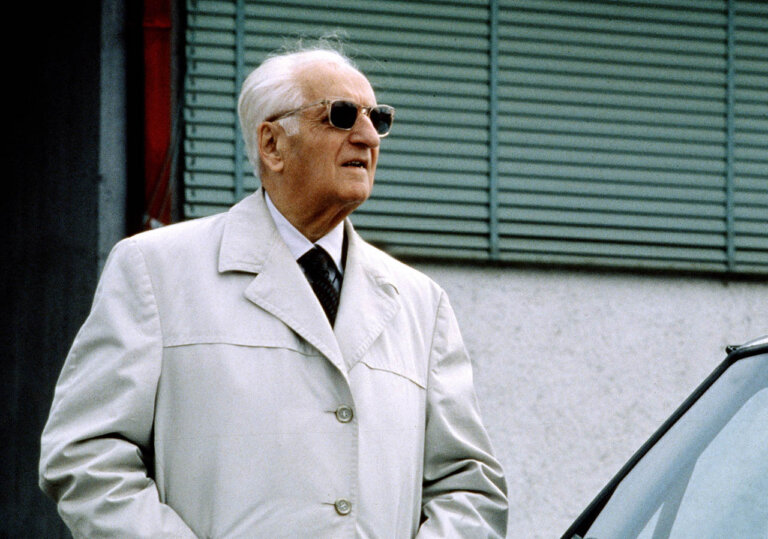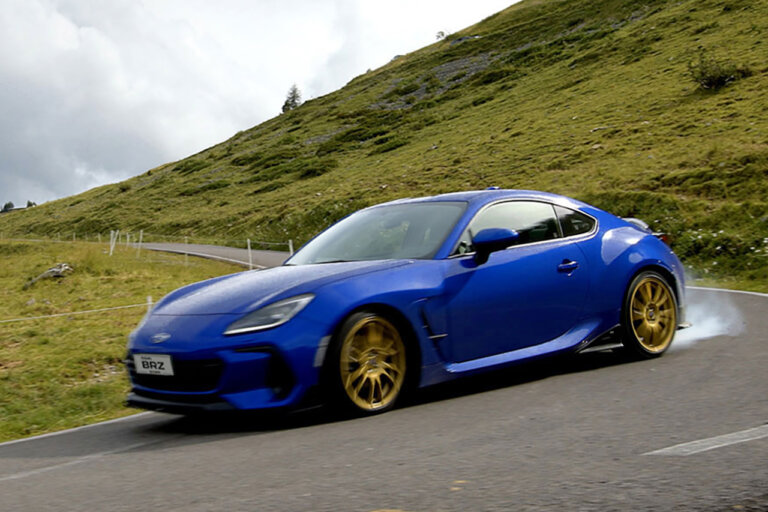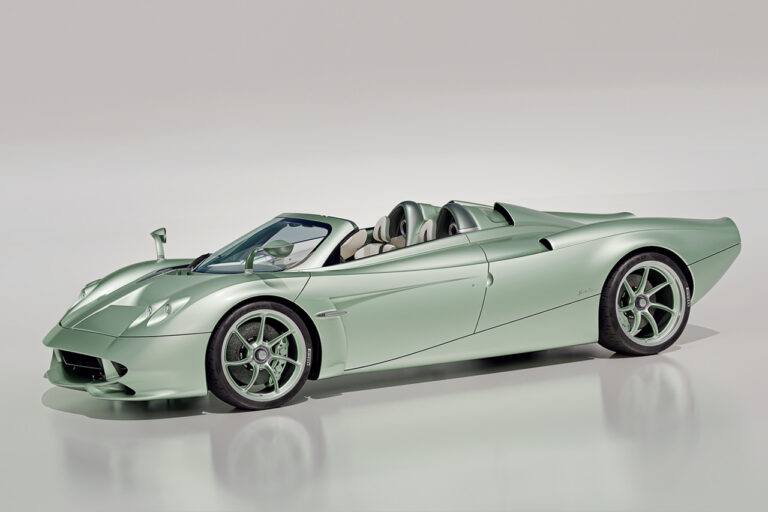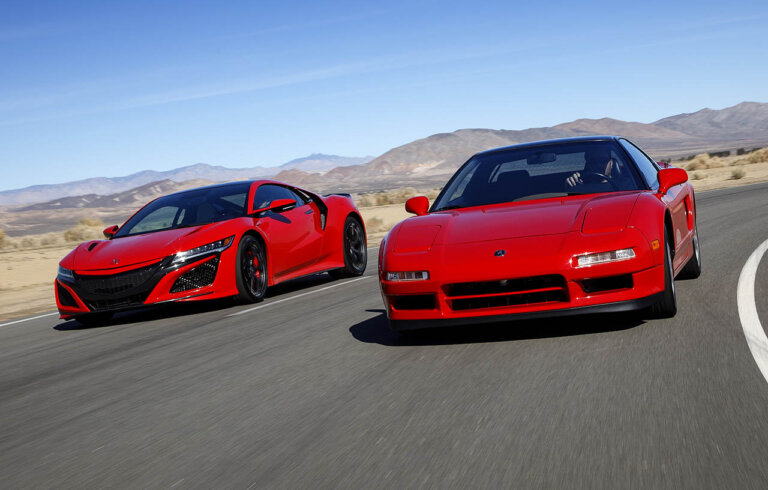
Source: Volkswagen Newsroom
The Volkswagen Golf, an automotive icon that has stood the test of time, is a true demonstration of a well-designed and versatile compact car. Since its debut in 1974, the VW Golf has seamlessly woven itself into the fabric of automotive history, captivating drivers with its iconic design, innovative engineering, and a driving experience that transcends generations. As a compact hatchback that defies expectations, the Volkswagen Golf has become synonymous with driving pleasure, practicality, and a touch of German engineering brilliance. This introductory glimpse merely scratches the surface of the profound impact and lasting influence that the Golf has had on the automotive world, beginning with the Golf Mk 1.

Source: Volkswagen Newsroom
Beetle’s Successor
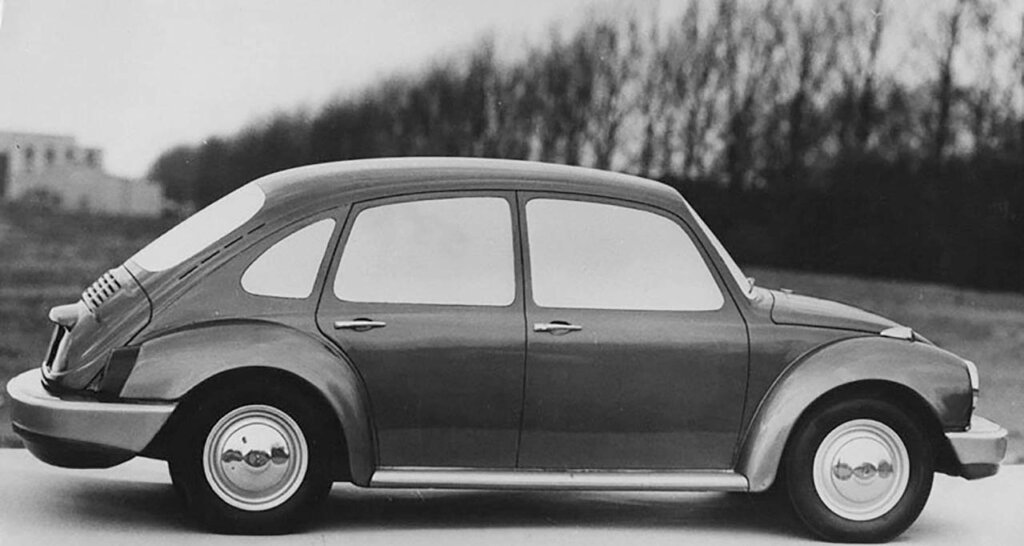
Source: Volkswagen Newsroom
By the early 1950s, Volkswagen initiated prototype production for potential Beetle successors, even receiving design proposals from Porsche prior to that time. These internal projects were consistently labeled with names commencing with “EA,” an acronym for “Entwicklungsauftrag,” translating to “Development assignment” in English. This collaborative endeavor unfolded under the leadership of Heinz Nordhoff, who served as the Director General of Volkswagen from 1948 to 1968. Volkswagen went through numerous designs and prototypes, ranging from the EA41 to the EA276. However, Volkswagen halted production of the EA276 program (due to Nordhoff’s death) and the Golf’s production was shelved – for now.
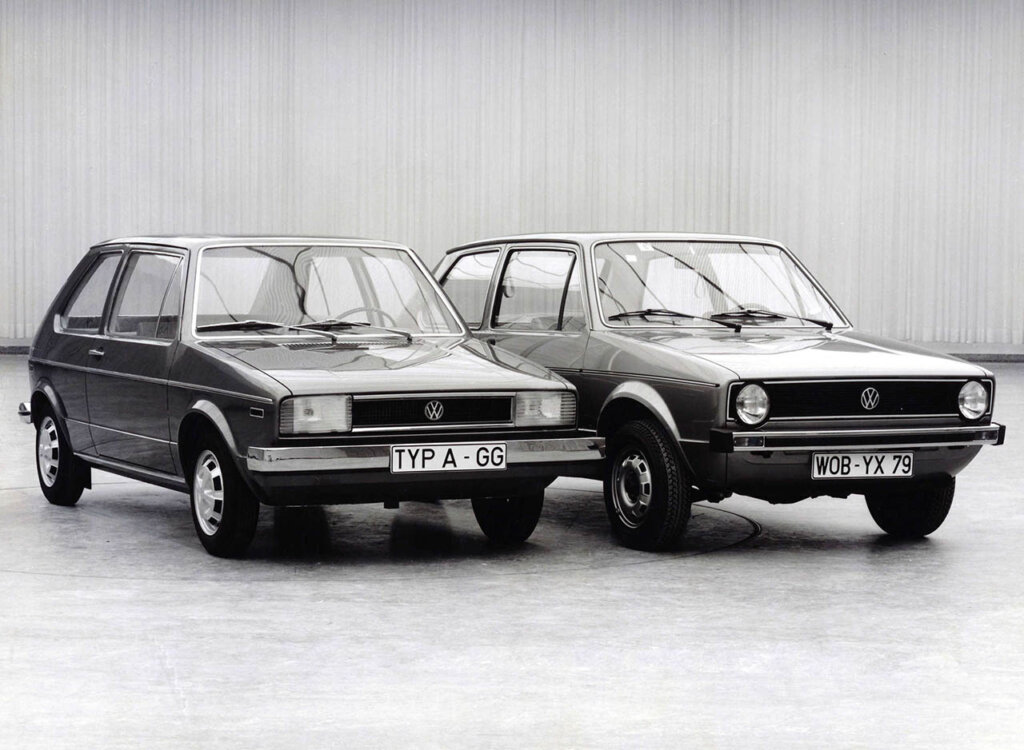
Source: Volkswagen Newsroom
Kurt Lotz succeeded Nordhoff as Director General of Volkswagen from 1968 to 1971, continuing the efforts to diversify the product line and find a Beetle successor. Volkswagen acquired NSU in 1969, leading to the integration of NSU into the Auto Union group and the launch of the mid-sized Volkswagen K70. In 1968, the unconventional EA266 project, originating from Porsche, introduced a rear mid-engine, rear-wheel-drive design. Concurrently, EA337, starting in 1969, drew on Audi’s technology for front-wheel drive.

